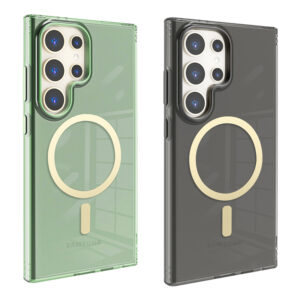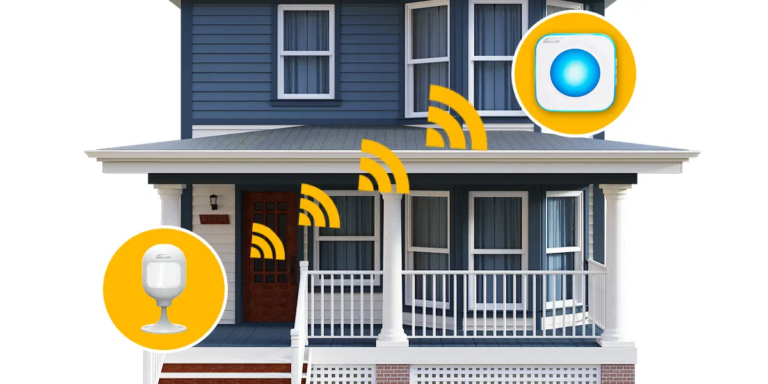Redefining Device Protection with Smart Covers
In today’s era of interconnected and multi-functional electronics, traditional accessories are evolving to meet new user expectations. The smart cover is a prime example—no longer limited to simple protection, it now incorporates intelligent features that bridge the gap between hardware, usability, and aesthetics. This article explores the technical foundations, design innovations, and future possibilities of smart covers within the context of modern consumer electronics.
What Defines a Smart Cover?
A smart cover distinguishes itself from conventional cases by integrating interactive functions with the device it protects. These may include automatic wake/sleep mechanisms, touch or gesture control interfaces, embedded sensors, and even wireless charging capabilities.
Typically designed for tablets, e-readers, and foldable devices, the
smart cover often interacts with the host device via magnets, Hall-effect sensors, or contact pins. Advanced versions incorporate conductive fabrics or flexible PCBs to facilitate data or power transfer without additional cables.

Materials and Embedded Electronics
To function intelligently, a smart cover requires more than structural material—it must support embedded electronics without compromising flexibility or durability. Common base materials include polyurethane, microfiber lining, and thermoplastic elastomers. These are paired with flexible printed circuits or microcontroller modules for added functionality.
Smart covers may feature magnetic arrays for secure attachment and alignment, proximity sensors for screen activation, and capacitive inputs for touch-based shortcuts. Some prototypes even include haptic feedback components, enabling tactile interaction when the cover is closed.
Material selection is crucial—not only for mechanical resilience but also for ensuring electromagnetic compatibility (EMC) with the device. Engineers must account for dielectric constants, thermal stability, and resistance to wear or moisture.
Application Scenarios and User Experience
In enterprise settings, a smart cover can serve as an interactive control panel for specific applications. For instance, covers embedded with NFC tags or QR codes can enable secure logins or track device usage. In educational environments, they may trigger classroom management modes or initiate low-power states.
The user experience is central to smart cover design. The ease of magnetic attachment, responsiveness of embedded functions, and tactile feel all contribute to perceived product value. Industrial designers work closely with electrical engineers to ensure ergonomic coherence alongside electronic reliability.
Manufacturing and Integration Challenges
Despite their benefits, smart covers introduce complexity into the accessory supply chain. Vendors must collaborate across disciplines—mechanical engineering, PCB design, firmware development, and quality assurance—to ensure proper integration.
One recurring challenge is aligning tolerances between device and cover—especially for thin form factors where component space is limited. Manufacturers also face issues related to battery drain if the smart cover continuously draws power or fails to enter a low-power state during idle periods.
To address these, low-energy communication protocols (e.g., BLE or passive RFID) and power gating techniques are commonly employed. R&D teams often develop proprietary logic controllers to manage interactions efficiently.
Future Trends in Smart Cover Innovation
As device ecosystems expand, the smart cover is poised to evolve further. Emerging trends include integration with voice assistants, biometric sensors, and dynamic display panels built directly into the cover surface.
Another direction is sustainability. Engineers are investigating biodegradable smart materials, solar-assisted energy harvesting, and modular designs that allow for component-level replacement rather than full product disposal.
The convergence of soft electronics, IoT interfaces, and user-centric design will continue to redefine the smart cover—not merely as an accessory, but as an essential interface layer between humans and machines.
Conclusion
The smart cover exemplifies how thoughtful integration of electronics and design can elevate an everyday accessory into a functional technology component. Through innovations in materials, sensors, and embedded logic, it serves as both protection and extension of the device itself. For product developers, engineers, and designers, understanding the underlying principles of smart cover technologies is vital for creating next-generation solutions in the intelligent hardware space.
0






